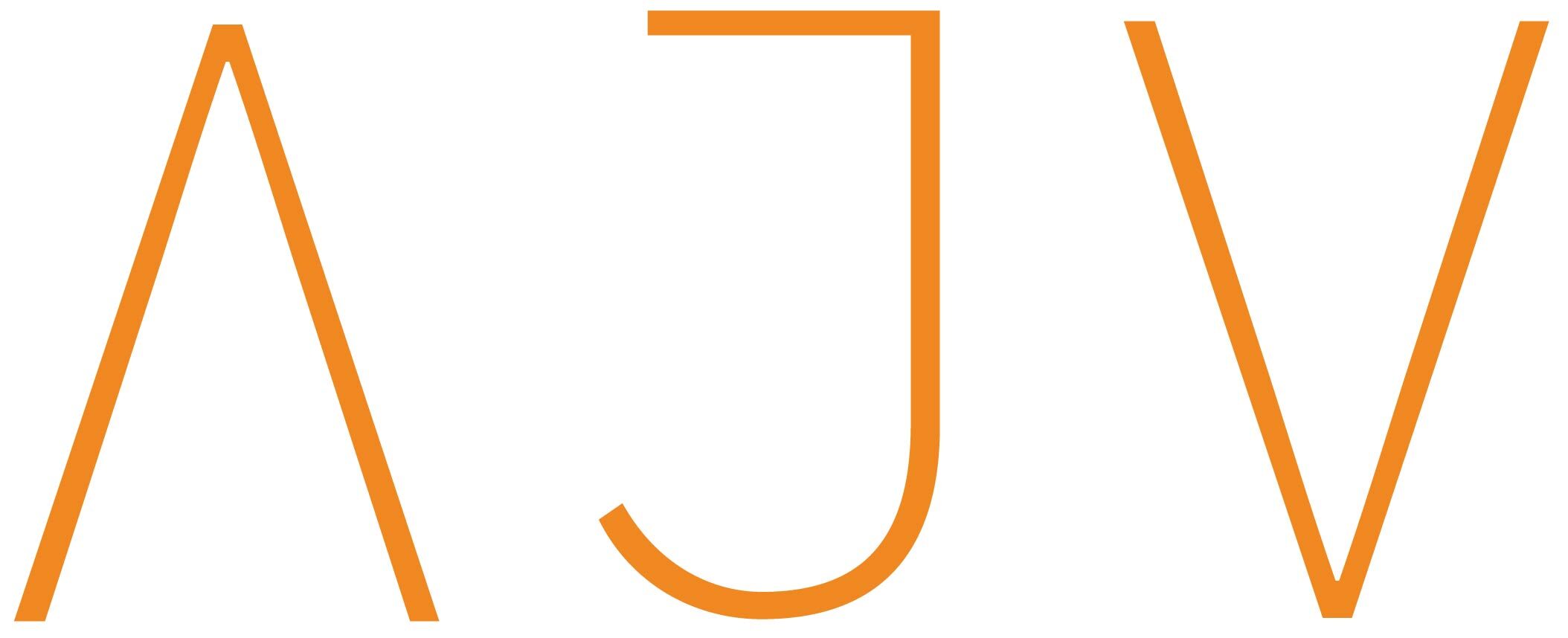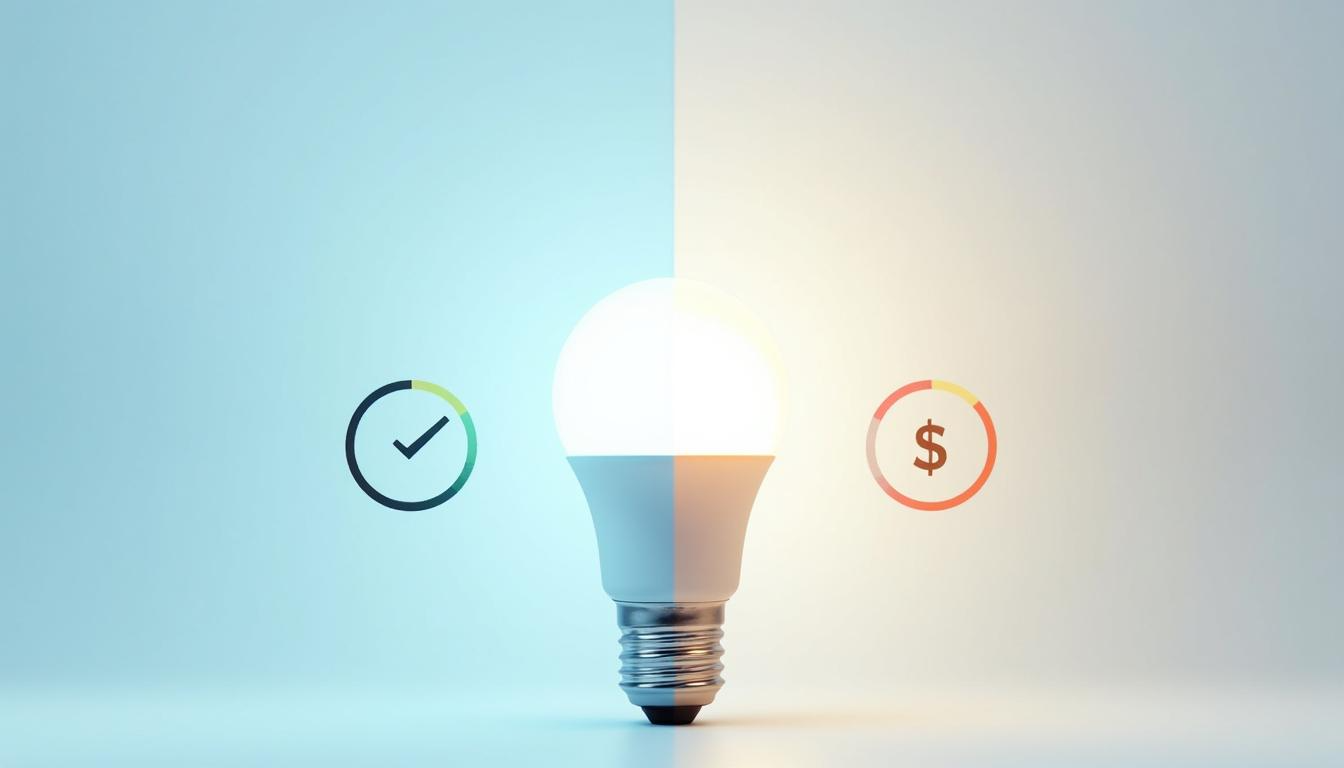Introduction – Why Compare LED and Traditional Lighting?
Over the past few years, significant changes have occurred in how we illuminate our homes, businesses, and public spaces. Incandescent bulbs, halogen lights, and compact fluorescent lamps (CFLs) were once the most common types. The global lighting business is now shifting toward more energy-efficient lighting options, particularly LEDs.
This change isn’t just an update to technology; it’s also a move toward sustainability, lower costs, and better performance. Comparisons between LED lighting and traditional lighting help customers, building managers, and businesses make informed decisions. You can choose the right lighting based on how well it works, the minimal damage it causes to the environment, its longevity, and its long-term value, if you are aware of the main differences.
What is LED Lighting?
LED stands for Light-Emitting Diode. It is a type of solid-state lighting where an electric current flows through a semiconductor, generating light. LEDs are smaller, last longer, and use less energy than traditional lights, which rely on wires or gas to produce light.
The advantages of LED lighting include its low power consumption, minimal heat generation, and immediate brightness. You can also change the color temperature and lighting levels in a lot of ways. For these reasons, it’s perfect for a wide range of uses, from general lights in homes to commercial settings.
The excellent lifespan of LEDs, which can reach 25,000 to 50,000 hours, is one of their most well-known benefits. This reduces both the number of replacements needed and the cost of upkeep.
What is Traditional Lighting?
Incandescent, fluorescent, and CFL lights are all types of traditional lighting. Many people and companies have utilized these tools for years, but each has its own set of problems.
- A filament in an incandescent bulb is heated until it glows. They are inexpensive, but they waste a significant amount of energy, converting it into heat.
- Halogen lights are superior to regular bulbs because they are brighter and use slightly less energy. They still make a lot of heat, though, and don’t last very long.
- A gas-filled tube and a small amount of mercury vapor are used by CFLs to produce ultraviolet light, which is then converted into visible light. Even though they use less energy than light bulbs, disposing of them can be challenging because they contain mercury.
When comparing LED lighting vs traditional lighting, traditional choices frequently fall short in terms of effectiveness, environmental impact, and lifespan.
LED vs Traditional Lighting: Key Differences
Consumers can save money and energy by understanding the key differences between LED lighting and traditional lighting. Both types emit light, but they differ significantly in their performance, cost, and impact on the world. Here is a thorough look at how their main features compare:
| Feature | LED Lighting | Traditional Lighting |
| Initial Cost | Higher upfront investment | Lower purchase price |
| Energy Efficiency | Consumes up to 80% less energy; converts most electricity into light | Wastes a lot of energy as heat; low light-to-energy conversion |
| Lifespan | Lasts between 25,000 – 50,000 hours | Incandescents: ~1,000 hrs; Halogen: ~2,000 hrs; CFL: ~8,000 hrs |
| Heat Emission | Emits very little heat, stays cool to touch | Incandescents and halogens emit significant heat |
| Maintenance Costs | Minimal replacement and maintenance required | Frequent bulb replacements lead to higher upkeep costs |
| Environmental Impact | Mercury-free, recyclable, lower carbon footprint | CFLs contain mercury; incandescents and halogens increase carbon emissions |
This comparison demonstrates why LED lighting vs traditional lighting is not just a fight of technology but also one of environment and cost. LEDs save more energy, are safer, and last longer than other options. This makes them perfect for long-term use, even though they cost more at first. Traditional lighting is cheaper to buy, but it quickly costs more because it doesn’t last as long and uses more energy.
Applications of LED Lighting vs Traditional Lighting
Commercial, industrial, public, and private lighting systems all serve different purposes. However, as lighting technology has improved, it has significantly altered how these areas utilize lighting. When we examine real-world applications, the comparison between LED lighting and traditional lighting becomes most clear. Both types have their uses in different areas, but LEDs are becoming the more popular choice because they are safer, more efficient, and more flexible.
Applications of LED Lightings
LED lighting has changed the way we light modern rooms:
- Residences: A lot of people use LEDs in their beds, living rooms, kitchens, and baths. Smart lighting controls, dimmable choices, and a wide range of color temperatures make it easy for homes to set the mood they want.
- Commercial Buildings and Offices: LEDs are standard in businesses, stores, malls, and hotels because of their energy-efficient lighting capabilities and long operating life. They lower running costs while improving the quality of lights in the workplace.
- Warehousing and Industrial: In workshops, warehouses, and other places that make things, high-bay LED lights are now common. They are great for harsh settings because they last a long time, don’t break easily, and don’t need much upkeep.
- Outside Areas: Outdoor lighting has changed a lot to use LEDs in places like arenas, parking lots, and lamps. They are brighter, can withstand bad weather, and come in low-glare choices while using less energy.
- Automobiles and Air Travel: Modern cars and planes often use LED lighting for the headlights, dashboards, and passenger lighting. You can see better and they last longer.
These places prefer LEDs because of their performance as well as the benefits of low heat output, flexible design, and environmental safety.
Applications of Traditional Lightings
Certain places still use traditional lighting:
- Legacy Installations: Many older homes and buildings still use incandescent or CFL bulbs because they are more cost-effective and compatible with existing equipment.
- Decorative Fixtures: Some interior designs or older lights use incandescent bulbs because they look nice and emit a warm glow.
- Temporary or Budget Solutions: Although they may be more expensive in the long run, standard lights can be the best choice for low-budget or temporary settings because they are more cost-effective upfront.
However, as more people become aware of it and can afford it, the transition from traditional lighting systems to LED lighting is gradually accelerating across all sectors.
Pros and Cons of LED vs Traditional Lighting
It is essential to understand the advantages and disadvantages of both lighting systems in order to make an informed decision. The advantages and disadvantages of LED lighting vs traditional lighting are thoroughly discussed below:
| Aspect | LED Lighting – Pros | LED Lighting – Cons | Traditional Lighting – Pros | Traditional Lighting – Cons |
| Energy Efficiency | Consumes up to 80% less energy; excellent for energy efficient lighting | Initial cost is higher than traditional options | Readily available and uses familiar technology | Consumes high electricity and wastes energy as heat |
| Lifespan | LED lighting lifespan is long-lasting: 25,000-50,000 hours | Low-quality LEDs may degrade faster | CFLs can last 6,000-8,000 hours | Incandescent bulbs last only 1,000-2,000 hours |
| Heat Emission | Emits minimal heat, reducing fire risk | May require heat-tolerant fixtures in enclosed spaces | Halogens provide heat for warming/industrial use | High heat emission makes them unsafe and inefficient |
| Environmental Impact | Free from toxic elements; recyclable; low carbon footprint | Some models are non-recyclable | CFLs use less energy than incandescent | CFLs contain mercury; difficult disposal and environmental hazard |
| Lighting Quality | Wide color temperature options; dimmable variants available | Not all are compatible with dimmers or older switches | Produces familiar warm glow | Limited color choices; may flicker or hum (CFLs) |
| Overall Cost | Cost-effective over time due to long life and energy savings | Higher upfront investment | Lower purchase cost makes them affordable short-term | Frequent replacements increase total cost over time |
The LED lighting benefits make it clear that they are the best option if you want energy efficient lighting with little upkeep and long-term saves. But people who are tight on cash might choose standard lights at first, even though they cost more in the long run.
Best Practices for Switching to LED Lighting
Switching from regular lights to LED technology offers numerous advantages. But to get the most out of the move, you need to do a few things right. To make sure the change goes smoothly, follow these steps:
- Understand Lumens, Not Just Watts: Lighting lightsTraditional bulbs used to measure brightness by wattage, but LEDs measure brightness by lumens. One example is that a 10W LED can produce the same amount of light (approximately 800 lumens) as a 60W incandescent bulb. When considering brightness, ensure it matches the amount of light you prefer.
- Choose the Right Color Temperature: Kelvin (K) units are used to measure the color temperature of LEDs. A warmer, yellowish light (2700K-3000K) that resembles incandescent bulbs is ideal for living rooms and bedrooms. Cool white light (4000K-5000K) is ideal for use in kitchens and offices. The best places for daylight LEDs (5000K-6500K) are task-oriented areas or outside.
- Check Dimmer Compatibility: Many dimmers on the market may not work right with LED bulbs, which can lead to buzzing or a small dimming range. Ensure the LED bulb is labeled as “dimmable” and that it meets the dimmer’s requirements. You may need to replace old dimmer switches with ones that are compatible with LEDs.
- Verify Fixture Compatibility: LEDs are sensitive to heat and can be affected by being in a small space. Always make sure that the light fixture you already have can be upgraded to LEDs, especially if it is hidden or locked. This is because bulbs cannot last as long if they don’t have sufficient airflow.
- Start with High-Use Areas: To save the most money, replace lamps first in the most frequently used rooms, such as the kitchen, living room, and bathroom. Over time, make the change to more parts of your home or business.
The change doesn’t need to happen at once. A gradual replacement approach can bring significant benefits without incurring substantial upfront costs.
FAQs
Why are LEDs more efficient than traditional lights?
LEDs lose very little heat and turn most of their energy into light. In contrast, incandescent and halogen lights lose a lot of energy as heat. This means that LEDs are naturally more energy-efficient.
Do LEDs really last 25x longer than incandescent bulbs?
Yes. An incandescent light only lasts 1,000 to 2,000 hours, while a normal LED can last up to 50,000 hours. This makes it up to 25 times more durable.
Are LED lights safer than halogen or CFL bulbs?
Yes. LEDs work at much lower temperatures and don’t have any harmful materials in them. But CFLs have mercury in them, and halogens can burn you if you touch them when they’re hot.
Can LED bulbs fit into traditional fixtures?
Most of the time, yes. Normal LEDs come in standard sizes and bases, like E27 or B22, but for sealed lights, you should check that they are wattage equivalent and can handle heat.
Do LED lights produce the same warm glow as incandescent bulbs?
Yes. Warm white LEDs (2700K-3000K) have the same glow as incandescent lights, but they use less energy and last longer.
Are CFL bulbs still better than LEDs in some cases?
CFLs are cheaper up front and used to be the best way to get energy-efficient lights. On the other hand, LEDs have surpassed CFLs in almost every way because they work better and cost less.

